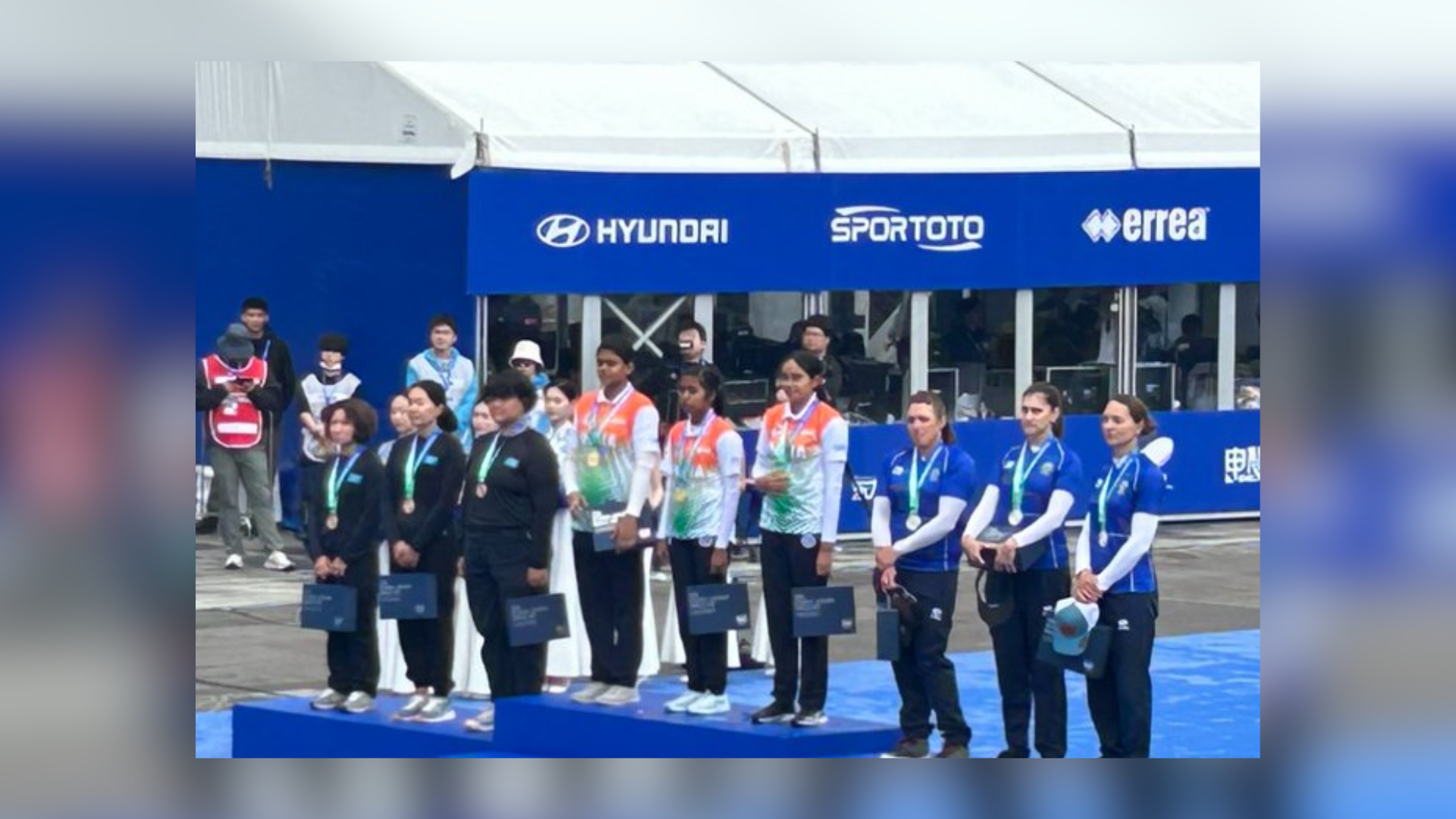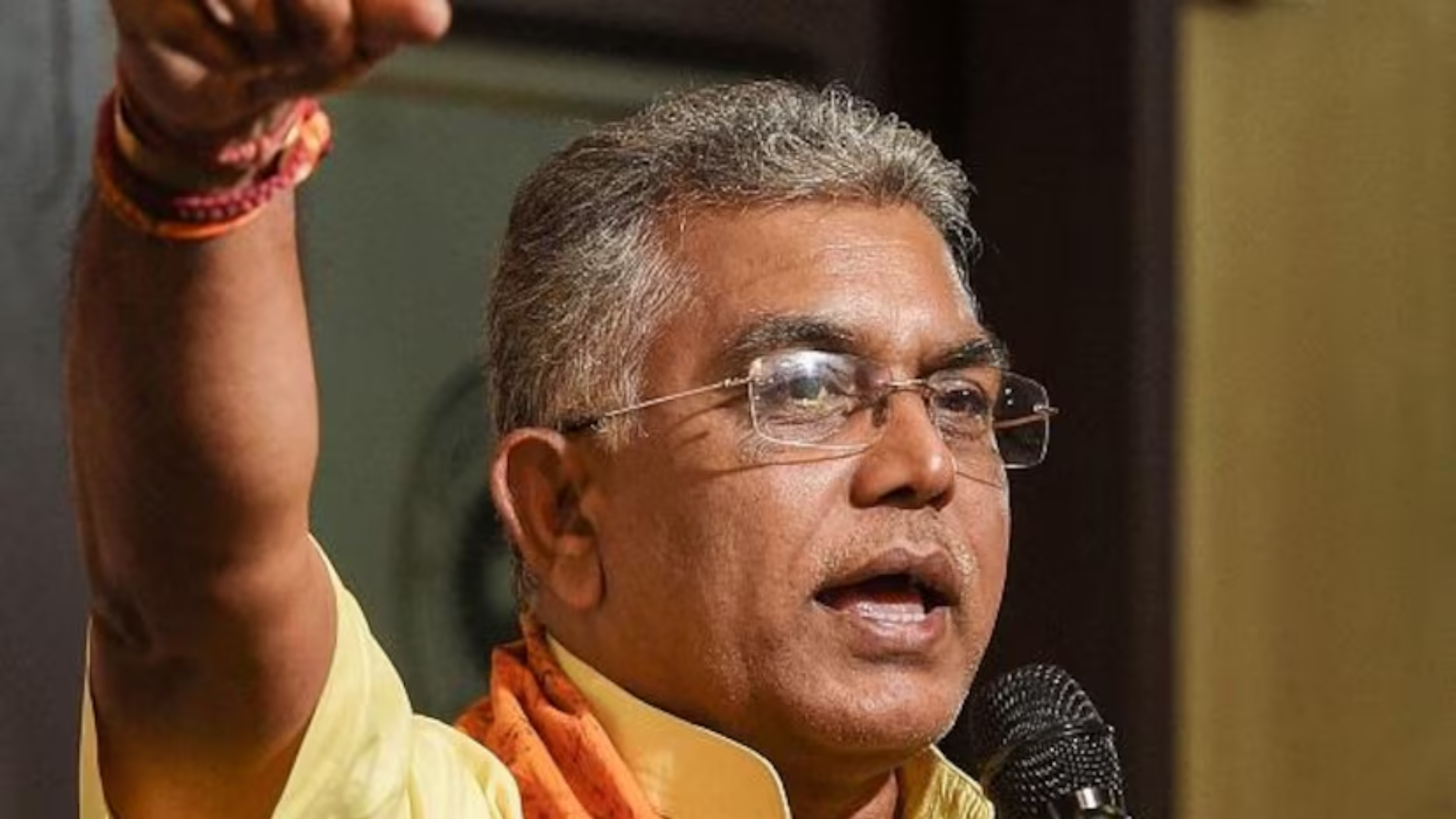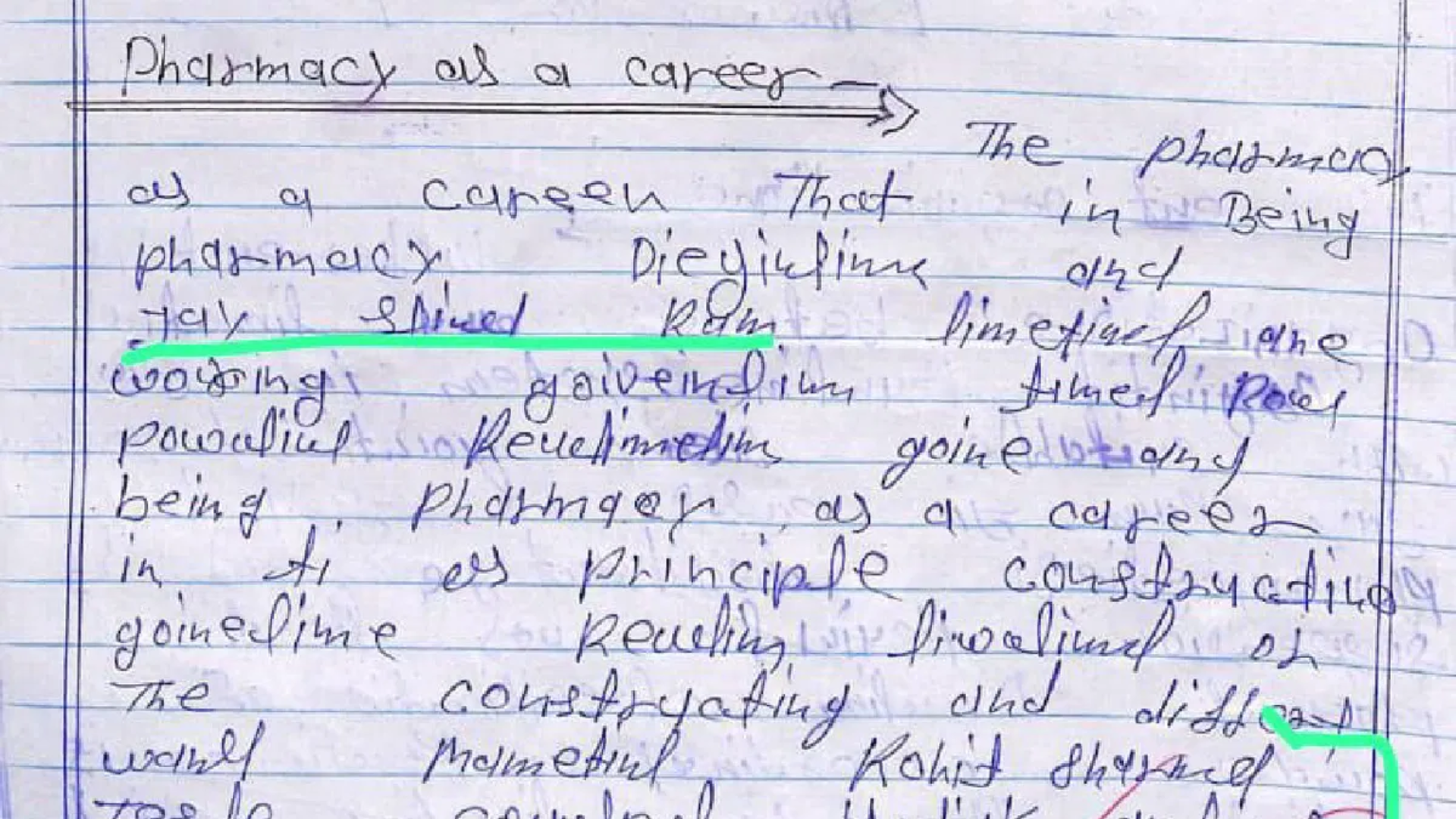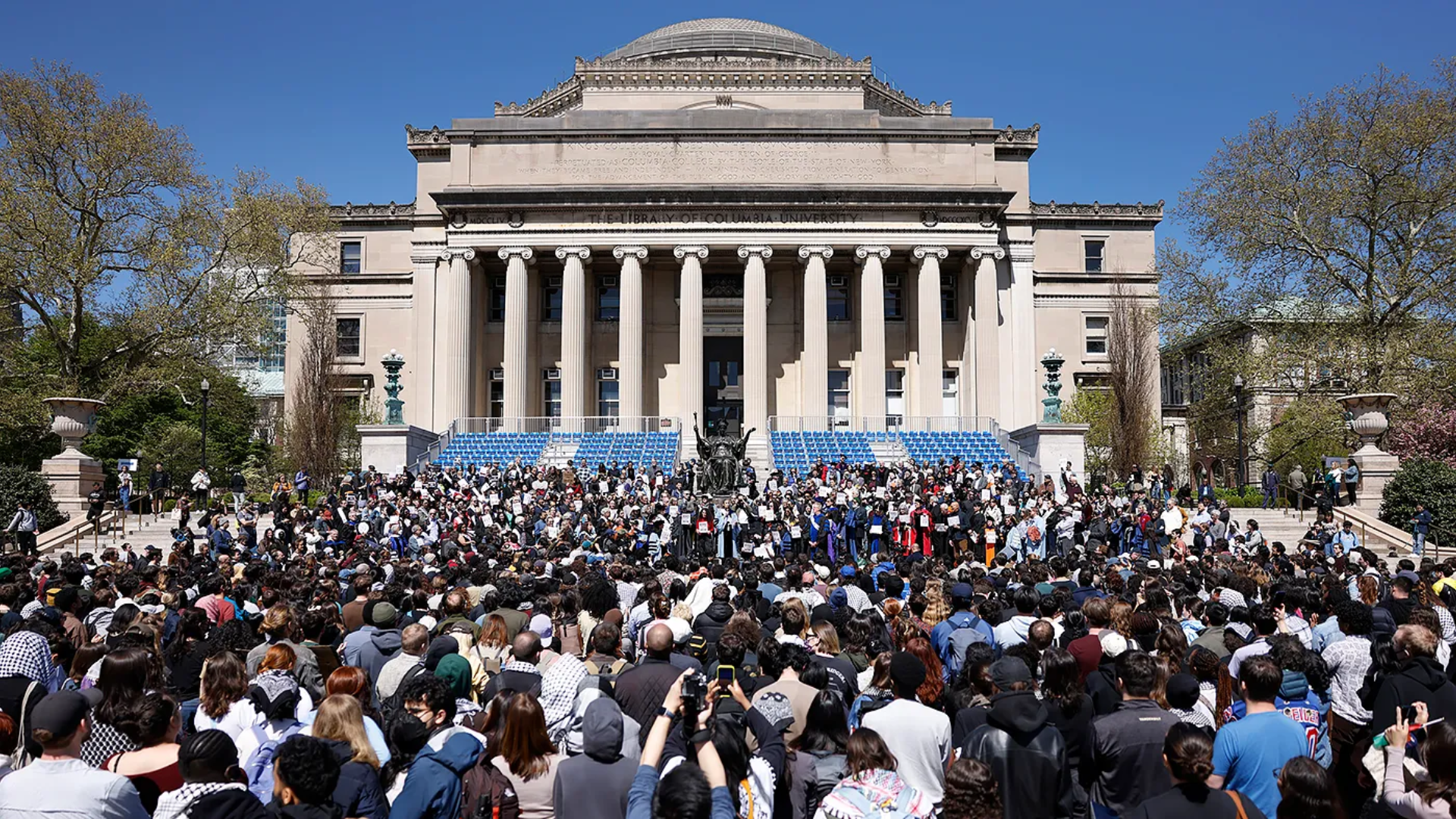


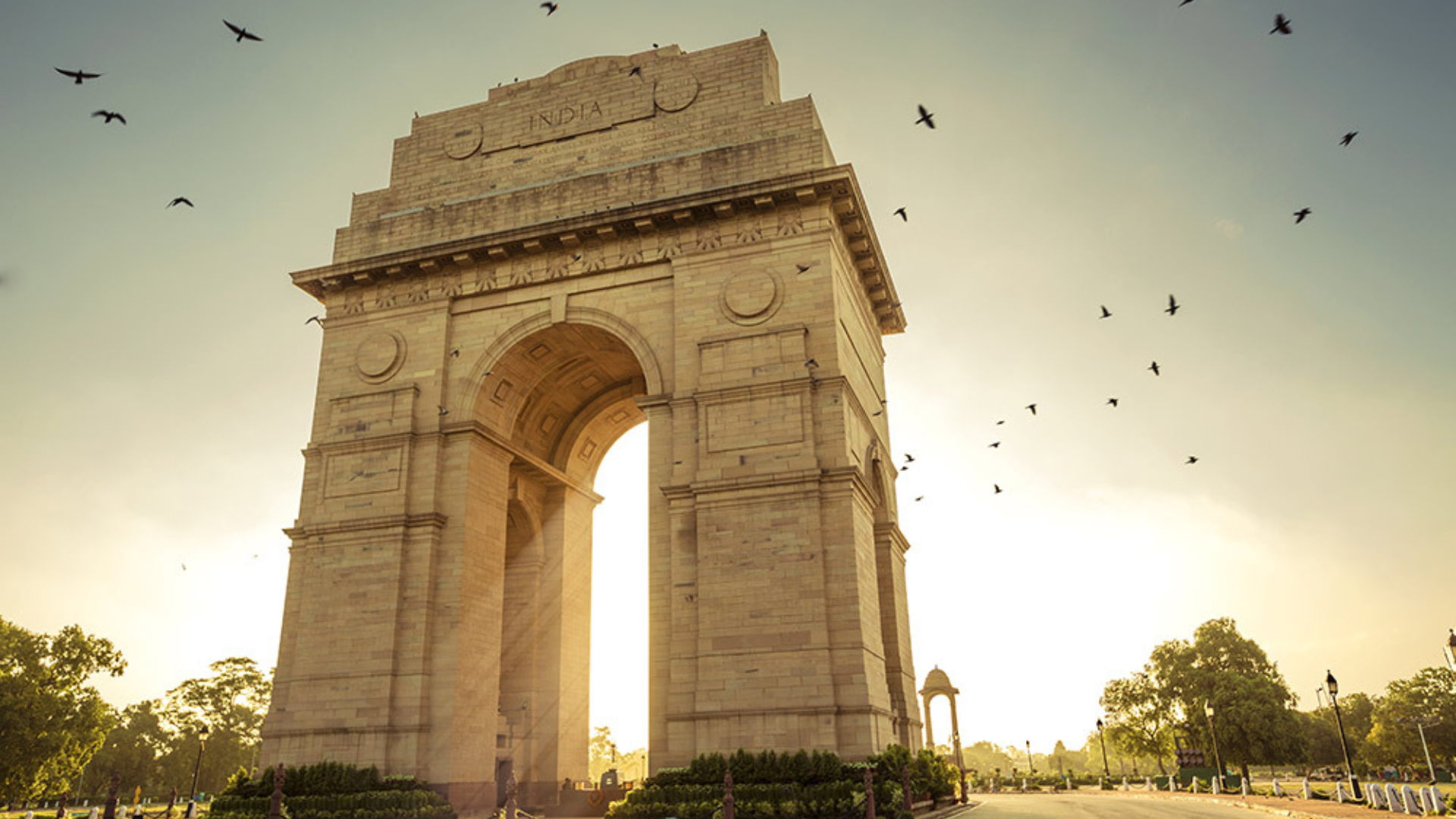

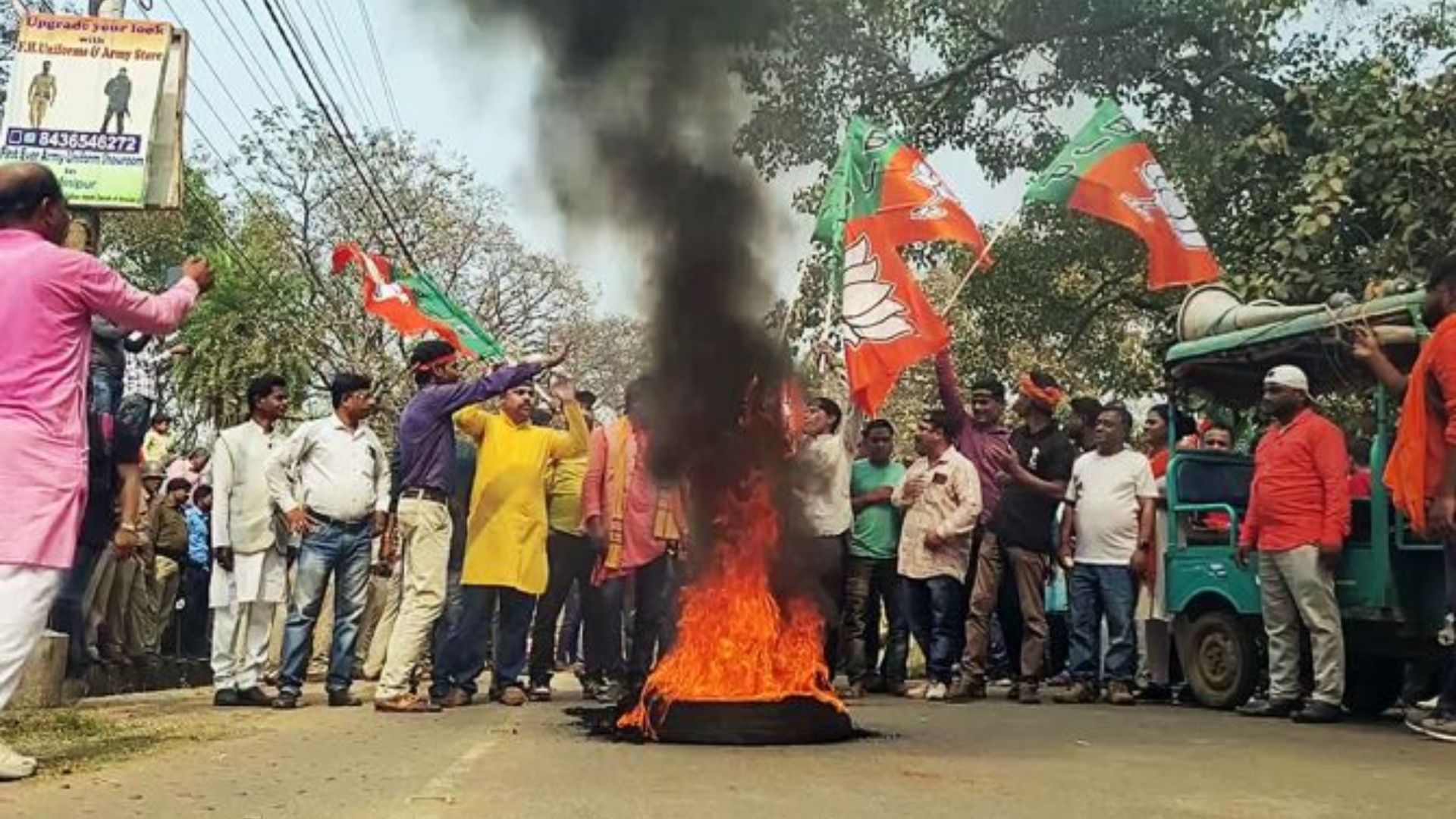
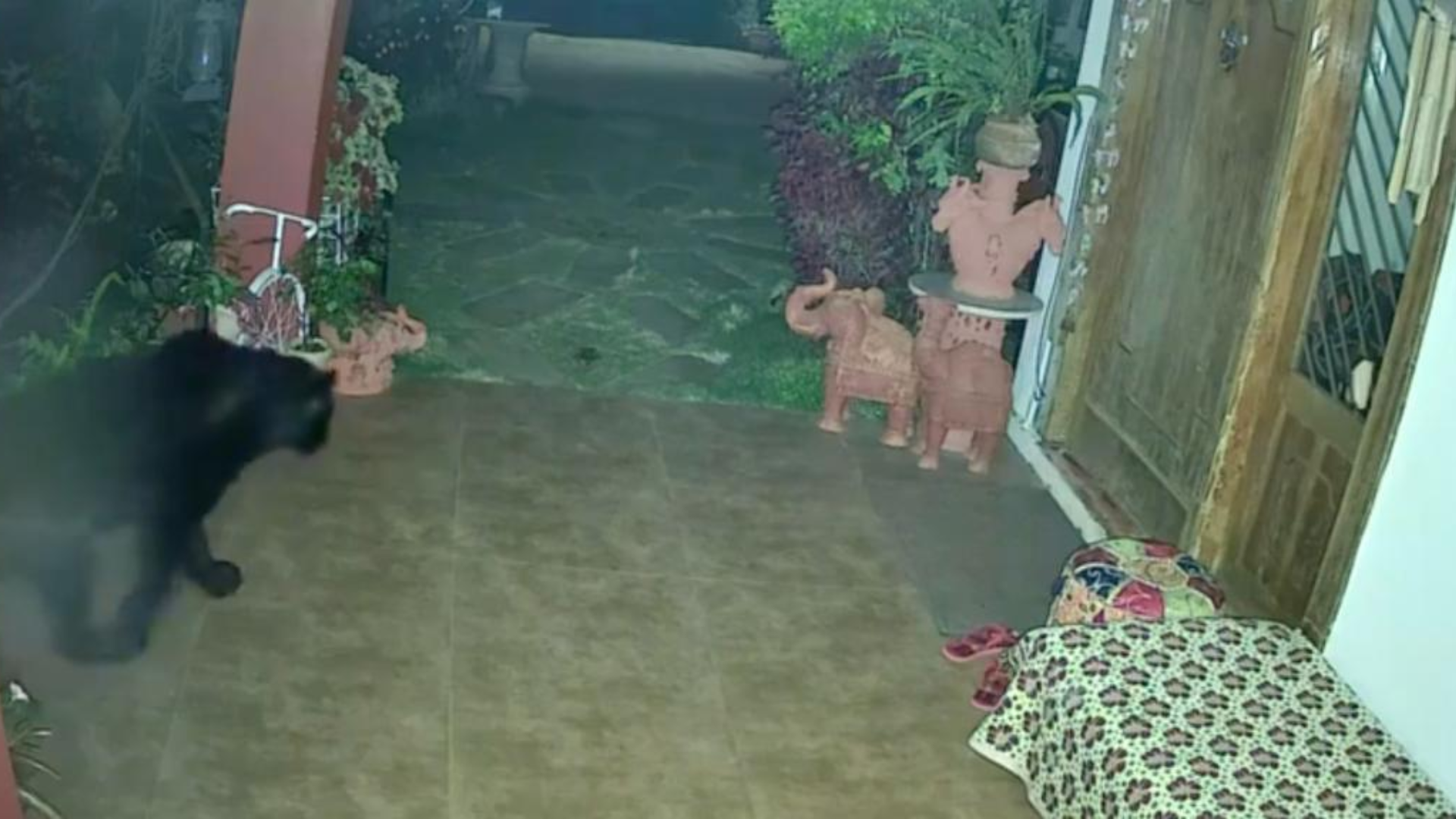
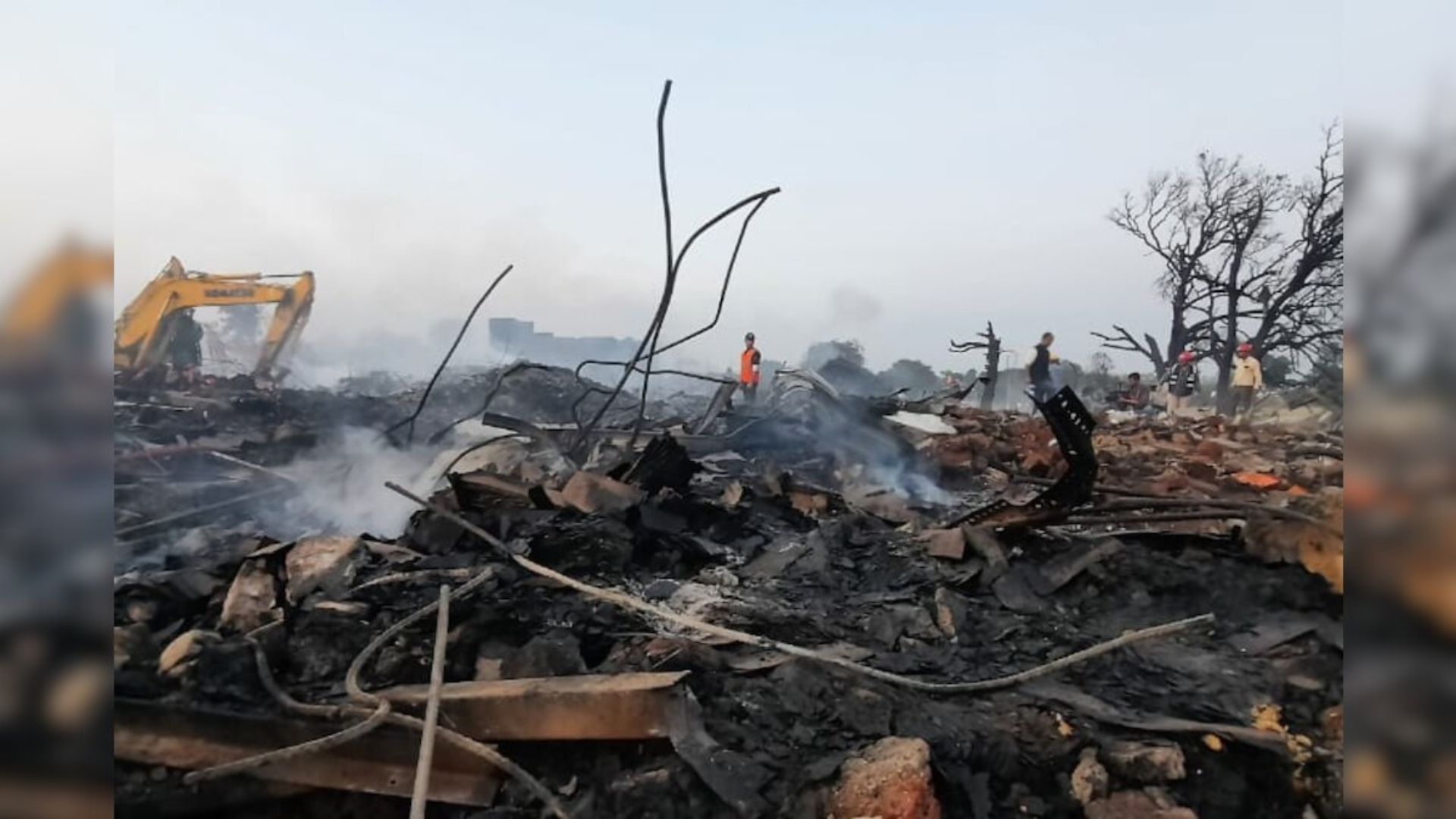
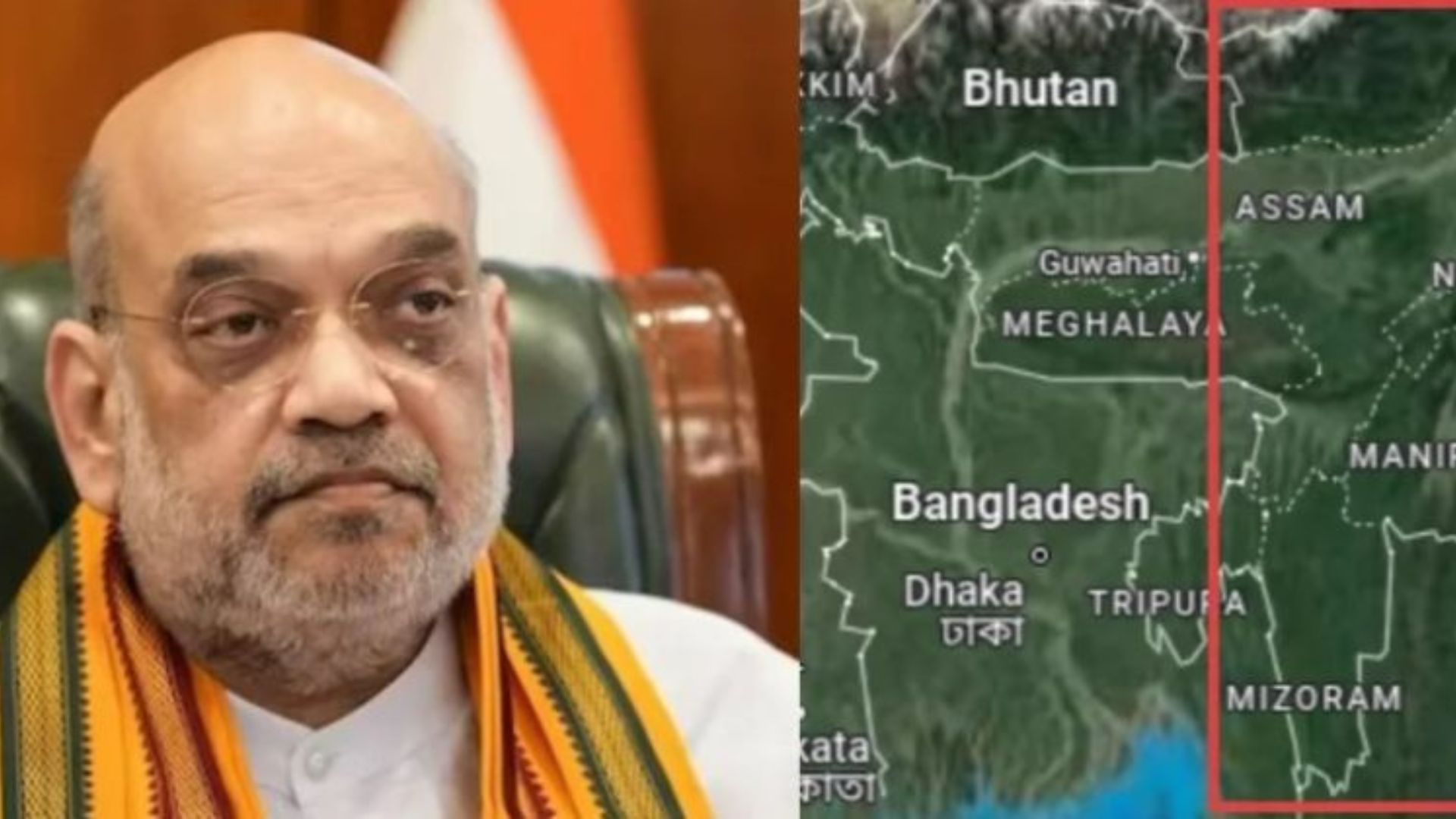

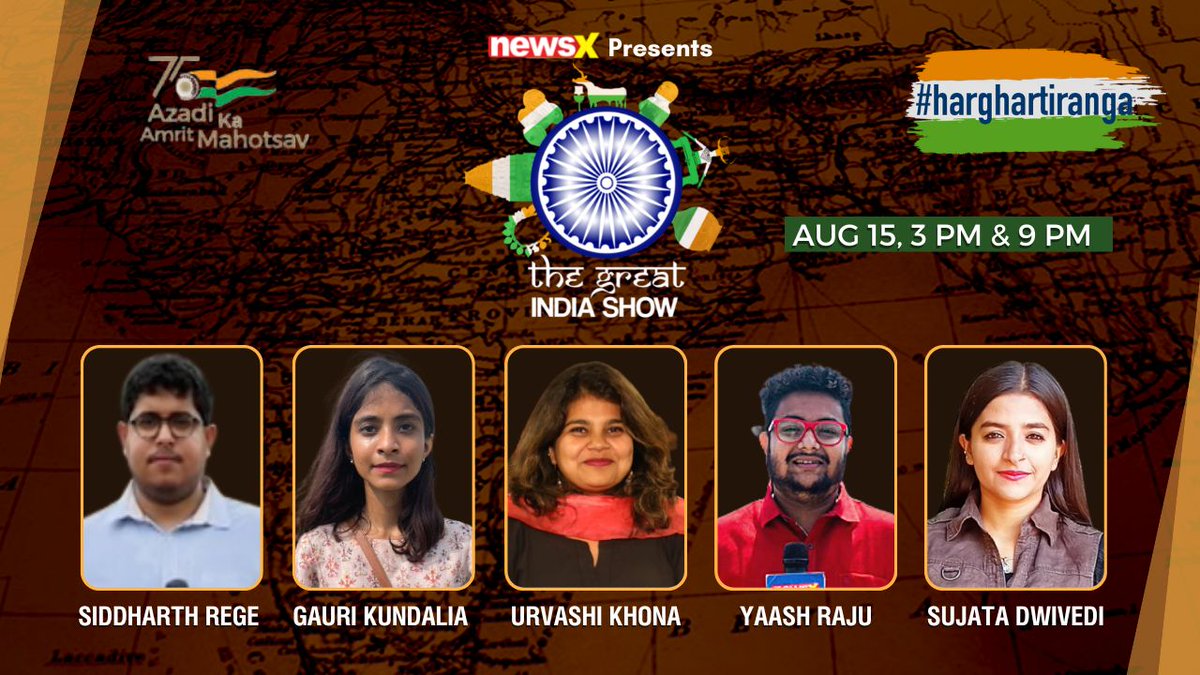
NewsX in a first, commemorated the 76th year of India’s Independence in an exclusive show, where the correspondents covered different parts of India to elucidate the rich heritage that helped to build India where it is now.
A live show, where five correspondents reporting from five different regions of India, illuminate the rich heritage and history that were the building blocks of the great nation.
The managing director of NewsX, Rishabh Gulati quoted Chanakya’s Arthshashtra, “Why one is doing a task, what are the probable outcomes, and will one achieve success in it, only if one gets a satisfactory answer to that, they should go ahead with the task.”
While introspecting the course of the end of colonialism, NewsX using the modern-broadcasting medium showcased the history as to become a successful nation one should know whence we came and whither we go.
One of the leading English News channel in its live broadcast cover 7000 years of history from north, south, east and west, Live from the soil from which sprung the origins of a country of a continuous civilisation.
From the western region of the country, the first location was Lothal which is the Archaeological remains of a Harappa Port-Town. The city that stood 4500 years ago was one of the most important of the Indus Valley civilisation, which spanned what is now Pakistan. Excavations have revealed the world’s oldest known artificial dock, which was linked to an old Sabarmati River course. The acropolis, the lower town, the bead factory, the warehouses, and the drainage system are also notable features. The site has been nominated for inclusion on the UNESCO World Heritage List. The visitor can see fascinating archaeological discoveries such as canals and dockyards that explain how this was an important trading city. Artifacts indicate that trade may have taken place with Mesopotamia, Egypt, and Persia. An entire township, complete with a market and dock, has been discovered here.
Elucidating on the Harappan port city, the lothal port is the oldest port that India had, it was used to transport the raw materials and the goods that the Harappans used to produce. Adding further about the history of Lothal, it was informed that Lothal is said to be a combination of two words, Loth and thal, which mean “the mound of the dead” in Gujarati. During 3700 BCE, the city was inhabited and served as a thriving trading port. The Archaeological Survey of India (ASI) began excavating the ancient city on 13 February 1955 and continued until 19 May 1960. Archaeologists believe the city was part of a major river system on an ancient trade route connecting Sindh and Saurashtra in Gujarat. Excavations here have yielded the greatest number of antiquities in modern Indian archaeology.
“One of the characteristics of Saraswati Sindhu phase is the incredible standardisation of weights and measures,” Historian Abhijit Chavda remarked about the ancient city.
He further added that nearly 5000 years ago our ancestors had the best and most advanced technology in terms of hydro and geo engineering in the entire world.
Calling it an overwhelming experience, Filmmaker Rituraj D Jain reminisced his days of shooting a documentary there and said “One of the major reasons that put India on the world map was archaeologists around the world today recognise it to be.”
While another correspondent was reporting live from Rakhigarhi, which is a village and archaeological site of the Indus Valley civilisation in the northern Indian state of Haryana, about 150 kilometres northwest of Delhi. It belonged to the mature phase of the Indus Valley Civilisation, which lasted from 2600 to 1900 BCE.
The Rakhigarhi is one of the most known Harappan boosts a planned township and a proper drainage system. It is said to be the biggest Harappan civilisation site.
It was informed by the correspondent that the excavation at three of the seven mounds revealed pieces of copper and gold jewellery, terracotta toys, and thousands of earthen pots and seals. The correspondent added that people used to live on those mounds and carry out their manufacturing of gold jewellery, terracotta toys, and thousands of earthen pots and seals.
The place also holds such pivotal importance as it is the place where the first Indian DNA was discovered, and the foundation of the civilisation is still prevalent in terms of the village which resides now in then civilisation.
Historian Professor Vasant Shinde has played a pivotal role in carrying out the excavation and has found bones from the mounds of Rakhigarhi. He said the civilisation dates back to 6000-1500 B.C. and while carrying out the excavation they found bones of the Harappan people which helped them to figure out what the structure of the Harappan people looked like by assembling the bones.
Another correspondent joined from the Sinauli excavation site which is located at the Ganga-Yamuna Doab in Sinauli, western Uttar Pradesh, India. The site gained attention in 2018 after the discovery of Bronze Age solid-disk wheel carts, which some interpreted as horse-pulled “chariots.” The correspondent added that the excavation site is the largest burial site of the Harappan civilisation ever to be discovered. Nearly 125 human buried human skeletons have been unearthed from here.
There was rice found in pots buried along with the bodies of the troops, it is also said to be India’s largest known necropolis in the chalcolithic period. Bronze-age solid-disk wheel carts (chariot) were found in their full structure along with the leather reins in 2018. The major findings date back to C. 2000 to 1800 BCE, with Miniature pots and evidence of liquid storage at Sinauli, said the correspondent.
While Historian Abhijt Chavda added that Sinauli was the site where Lord Krishna negotiated with the Kauravas to stop the war between the Pandavas and the Kauravas.
Dr Amit Rai Jain also joined the live telecast and elucidated the excavation carried out in Sinauli, and it’s interesting that in a small place historians were able to find over 150 graves of then residents of Sinauli.
While reporting live from the fourth place, the correspondent briefed about Hampi which is situated in Karnataka. Hampi or Hampe, also referred to as the Group of Monuments at Hampi, is a UNESCO World Heritage Site located in Hampi town, Vijayanagara district. Owing to the ancient temples, forts and other monuments here. Hampi was the capital of the Vijayanagar Empire around 1500 AD, and by some accounts, the second largest city in the world at that time. It is the last serving reminder of the great Hindu Kingdom in the southern region of India.
The terrain surrounding Hampi is as mysterious as the ruins themselves – the city is surrounded by boulders of various sizes, and you can climb to the top of them with little effort to get a stunning view of the city and the geography. It is situated on the Tungabhadra River’s banks. Hampi, famous for its massive, intricately carved temples, tells the stories of its existing structures. Many visitors climb the Matangaparvata to get a view of Hampi and its surroundings. The city’s layout, complete with temples and bazaars, is exemplary in and of itself. Anegundi, the first capital of the Vijayanagar Empire, is located on the north bank of the river Tungabhadra, where temples and stories abound.
The last historical place from where the NewsX correspondent was reminding the Indians about their rich heritage was Nalanda. In ancient Magadha (modern-day Bihar), India, there was a renowned Buddhist monastic university. It was located near the city of Rajagriha (now Rajgir) and about 90 kilometres (56 mi) southeast of Pataliputra (now Patna), and was considered by historians to be the world’s very first residential university, as well as one of the greatest centres of learning in the ancient world. It operated from 427 to 1197 CE. During the 5th and 6th centuries CE, Nalanda played a critical role in promoting patronage of the arts and academics, a period that scholars have dubbed the “Golden Age of India.”
The correspondent added “During the Gupta Empire, Nalanda was supported by a large number of Indian and Javanese patrons, both Buddhists and non-Buddhists. Over the course of 750 years, its faculty included some of the most illustrious Mahayana Buddhist scholars. Nalanda Mahavihara educated students in six major Buddhist schools and philosophies, including Yogacara and Sarvastivada, as well as grammar, medicine, logic, and mathematics. The university was also a major source of the 657 Sanskrit texts brought to China by pilgrim Xuanzang and the 400 Sanskrit texts brought to China by Yijing in the 7th century, which influenced East Asian Buddhism. Many of the texts written at Nalanda were influential in the development of Mahayana and Vajrayana Buddhism, including the Mahavairocana Tantra and Shantideva’s Bodhisattvacaryvatra. It was sacked and destroyed by Muhammad Bakhtiyar Khalji’s troops, partially rebuilt, and continued to exist until around 1400 CE. It is now a UNESCO World Heritage Site. The Government of India passed a resolution in 2010 to resurrect the famous university, and a modern institute, Nalanda University, was established in Rajgir. The Government of India has designated it as an “Institute of National Importance.”
The live broadcast concluded with the thought of how far we have come from, and there is a long road down to travel while keeping a thought in mind how rich our heritage and history are.
Also Read: Modi: Envisaged the plan for the next 25 years, Panchpran for the nation


